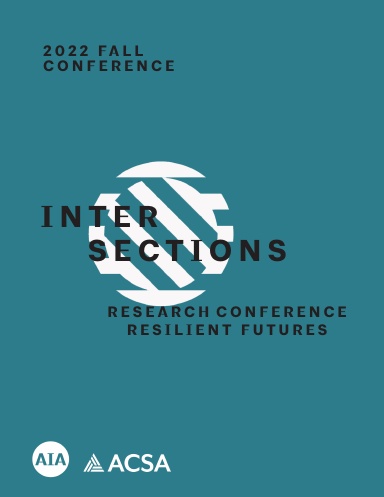Author(s): Katie Stranix
In the year prior to the pandemic, 1 in 3 adolescents in the US reported experiencing persistent feelings of isolation and anxiety, a 40% increase since 20091. Schools around the country recognize their role in assisting with this crisis and have increased their mental health services and staff. Although beneficial, these services require spatial compliments to increase their effectiveness and reach. Large-scale renovations or entirely new constructions are often needed but require years of planning and substantial budgets to implement. How can we immediately begin to spatially address this crisis? Small-scale interventions can be quickly designed and implemented with minimal disruptions to school systems, structures, and budgets. Acting together as a supportive network, these spaces can provide students, staff and faculty with accessible, restorative spaces that prioritize and support mental health. By providing schools and other shared spaces of our built environment with this type of micro restorative space, we hope to build resiliency through small-scale, accessible and restorative interventions with the goal of maintaining and improving individual and community health and wellbeing. This paper focuses on the design, construction, and effectiveness of a small-scale restorative space within a main academic building on the grounds of a public university.
https://doi.org/10.35483/ACSA.AIA.Inter.22.12
Volume Editors
Gail Napell & Stephen Mueller
ISBN
978-1-944214-42-13

 Study Architecture
Study Architecture  ProPEL
ProPEL 
